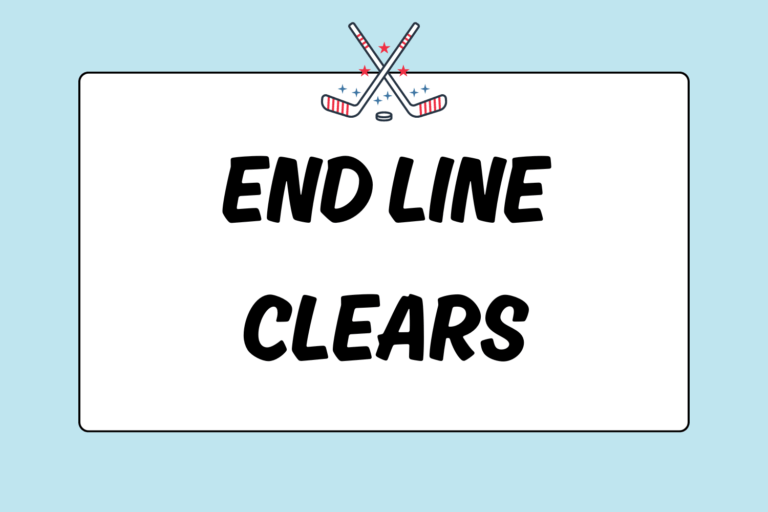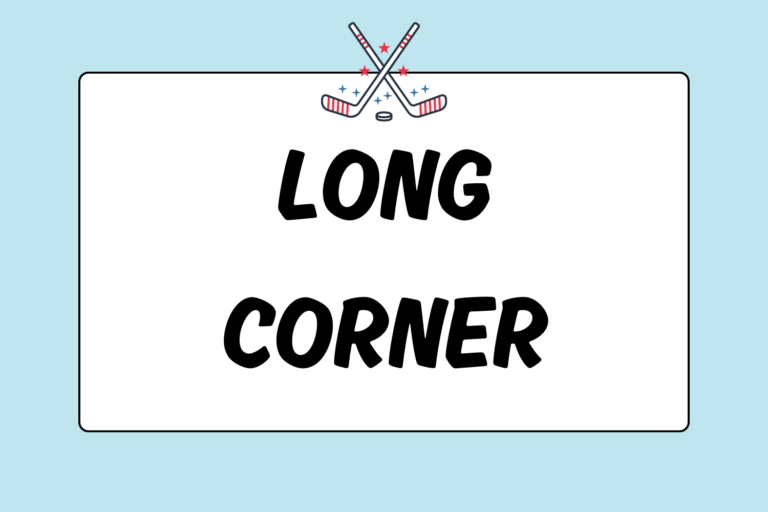Marking is the main defensive tool used in field hockey. It is used throughout the field, but is mainly employed in the defensive zone. With this tactic, players mark their opponents to protect the defensive zone.
There are three types of marking strategies. The first is zone marking. The second is man-to-man marking. And the third is a combination of the two, called match-up marking. All are effective if preformed properly. They require a lot of discipline from the group. If one person steps out of her zone or leaves her mark, the whole system could break down.
Position
The first thing to know about marking is how to position yourself with respect to the ball, the opposing defender, and the goal. Always position yourself between the opposing player and the ball, or between the opposing player and the goal. This way, you can prevent the opposing player from getting to the ball before you can, and you can prevent her from having a clear shot on goal.
Always face away from the goal. Doing so will keep you in position to defend the goal and clear the ball of the defensive zone.
Also, position yourself about a stick’s distance away from the attacking player. By doing this, you’ll be close enough to defender her, but also ready for unexpected passes and possible interceptions.
Zone Defense
Zone defense is a type of defensive strategy. In zone defense, you do not mark a specific person, but rather cover an area in the defensive zone. In this situation, you are responsible for marking any player that comes into your zone. With this type of defense, you are positioned to guard your area against potential danger (an open, opposing player). You will also be able to defend any other areas should the point of attack shift in front of the goal.
Maintaining discipline and organization is crucial to the success of zone defense. If part of the zone breaks down, your defense may be compromised. Done correctly, zone defense can lead to counterattacks. This type of marking is less physically demanding than man-to-man marking. The downside to this type of defense is that if the area becomes overcrowded in front of the goal, it may result in a two-on-one situation against the defenders.
Man-to-man Marking
Man-to-man marking is a defensive tactic where each defender chooses an attacker on the opposite team to mark. The defenders’ jobs are to stay ball-side and goal-side when going against the opposing player so they can intercept the balls and block any potential shots. If you are marking a player, stand about a stick’s distance away from her and to her side. This will give you the option to either intercept a pass or guard her if she gets the ball.
Hot Tip: Stay Focused!
Watch the ball and not the attacker. The offense will try to distract you through fancy stick work — focus on the ball, not the player.
Match-up Zone
The match-up zone is a combination between zone and man-to-man marking. It is the most effective defensive tactic. In this strategy, each defender has a specific zone she is in charge of and must man-to-man mark any player who enters.
This tactic efficiently marks the attacking players around the ball to block any shots on goal. This type of marking also covers the extra space that may not involve the ball, but is still in a player’s zone. For this tactic to succeed, the defense must thoroughly understand their roles and the basic principles of zone and man-to-man marking. Otherwise, this type of marking may cause confusion within the circle.
Mark a Player
For most of the hits taken inside of the 25-yard zone, you will use marking as your main strategy of defense. Unless otherwise specified by your coach, use man-to-man marking in the defensive zone. When you are outnumbered in the defensive zone, use zone marking or match-up zone; these will generally be used by the defense on a short corner.
By marking, you are constantly pressuring your opponent to make a move with the ball, often causing her to mishandle it. If you keep applying the pressure, you are more likely to prevent your opponents from scoring, and you’ll have an easier time getting the ball out of your defensive zone.





